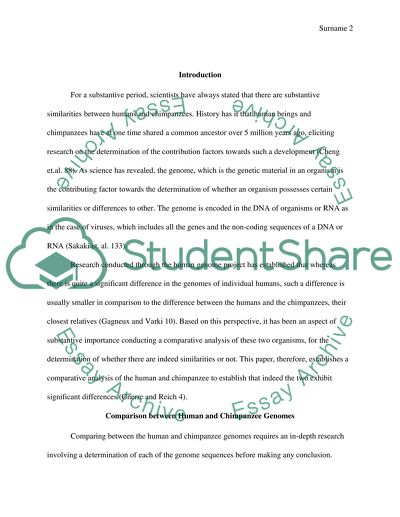Cite this document
(“Comparative Analysis of Human and Chimpanzee Genome Research Paper”, n.d.)
Comparative Analysis of Human and Chimpanzee Genome Research Paper. Retrieved from https://studentshare.org/health-sciences-medicine/1643955-comparative-analysis-of-human-and-chimpanzee-genome
Comparative Analysis of Human and Chimpanzee Genome Research Paper. Retrieved from https://studentshare.org/health-sciences-medicine/1643955-comparative-analysis-of-human-and-chimpanzee-genome
(Comparative Analysis of Human and Chimpanzee Genome Research Paper)
Comparative Analysis of Human and Chimpanzee Genome Research Paper. https://studentshare.org/health-sciences-medicine/1643955-comparative-analysis-of-human-and-chimpanzee-genome.
Comparative Analysis of Human and Chimpanzee Genome Research Paper. https://studentshare.org/health-sciences-medicine/1643955-comparative-analysis-of-human-and-chimpanzee-genome.
“Comparative Analysis of Human and Chimpanzee Genome Research Paper”, n.d. https://studentshare.org/health-sciences-medicine/1643955-comparative-analysis-of-human-and-chimpanzee-genome.


